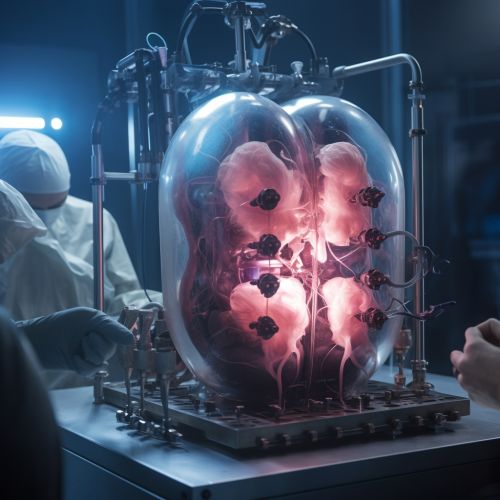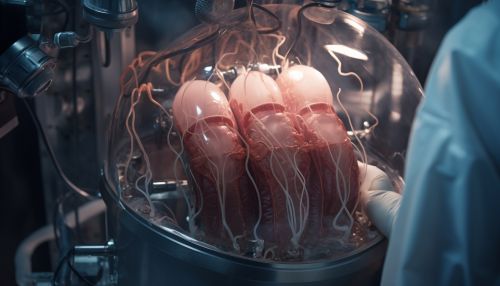Cryopreservation Techniques in Organ Transplantation
Introduction
Cryopreservation is a process that preserves cells, tissues, or any other biological constructs by cooling them to very low temperatures. This technique has been widely used in many areas of science, including organ transplantation. The process of cryopreservation in organ transplantation involves the use of extremely low temperatures to preserve donated organs until they can be transplanted into a recipient. This technique has significantly improved the success rate of organ transplantation by reducing the degradation of the organ during the period between donation and transplantation.


History of Cryopreservation in Organ Transplantation
The concept of cryopreservation was first introduced in the early 20th century, but it was not until the 1950s that the first successful cryopreservation of a biological sample was reported. The development of cryopreservation techniques in organ transplantation began in the 1960s, with the first successful cryopreservation of a kidney in 1965. Since then, cryopreservation techniques have been continually improved and refined, leading to the successful cryopreservation of various organs including the heart, liver, and lungs.
Cryopreservation Techniques
There are two main techniques used in the cryopreservation of organs: slow freezing and vitrification.
Slow Freezing
Slow freezing is the traditional method of cryopreservation. This technique involves gradually lowering the temperature of the organ to allow for the controlled formation of ice crystals. The organ is first perfused with a cryoprotective agent (CPA) to protect the cells from damage during freezing. The organ is then slowly cooled to a temperature of -196 degrees Celsius, the temperature of liquid nitrogen. The slow cooling process allows for the controlled formation of ice crystals, reducing the risk of damage to the cells.
Vitrification
Vitrification is a newer technique that involves cooling the organ rapidly to avoid the formation of ice crystals. The organ is perfused with a high concentration of CPA and then rapidly cooled to a temperature of -196 degrees Celsius. The rapid cooling process prevents the formation of ice crystals, resulting in a glass-like solidification of the organ. This technique has been shown to reduce the risk of damage to the cells and improve the viability of the organ after thawing.
Challenges and Future Directions
Despite the advancements in cryopreservation techniques, there are still several challenges that need to be addressed. One of the main challenges is the risk of damage to the cells during the freezing and thawing process. The formation of ice crystals during freezing can cause mechanical damage to the cells, while the thawing process can lead to the formation of free radicals that can cause oxidative damage.
Another challenge is the limited viability of the organ after thawing. The current cryopreservation techniques can only preserve the organ for a limited period of time, typically a few days to a week. This limits the time window for transplantation and increases the risk of organ wastage.
Future research in cryopreservation is focused on addressing these challenges. One area of research is the development of new CPAs that can better protect the cells from damage during freezing and thawing. Another area of research is the development of new techniques that can extend the viability of the organ after thawing.
